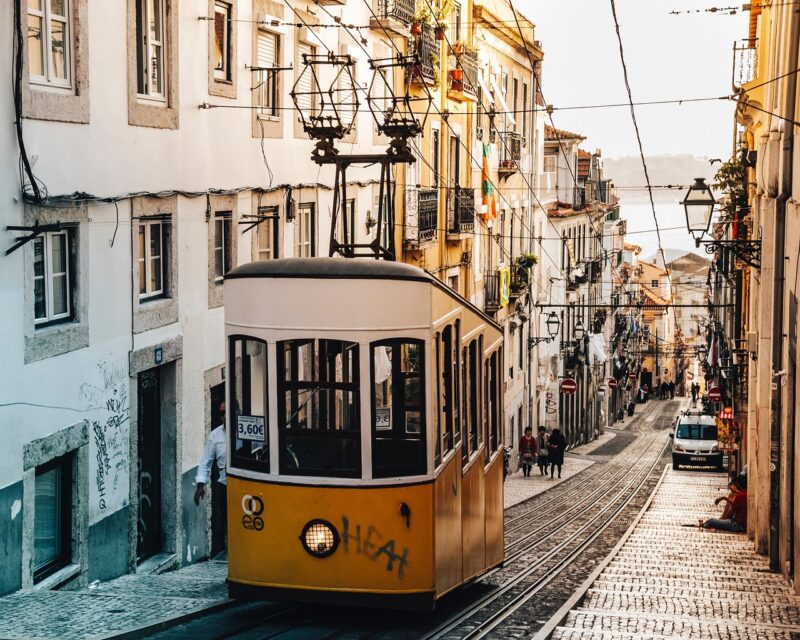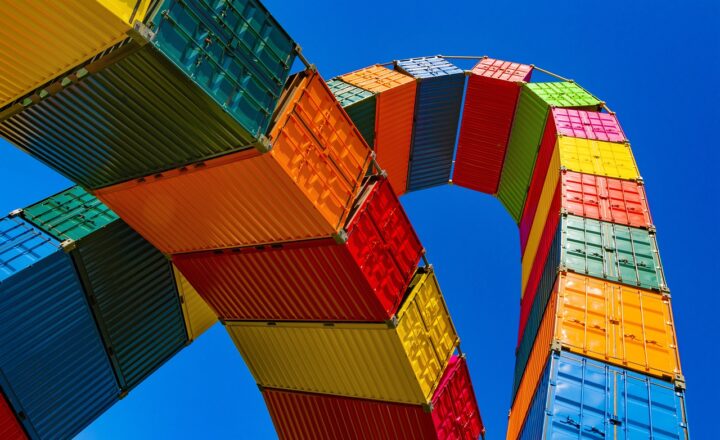
Transportation has a profound influence on urban development and real estate dynamics. The choices made by local governments, investors, and individuals regarding transportation systems not only shape cities but also determine their economic viability, livability, and character. As urbanization continues to accelerate around the globe, understanding the relationship between transportation choices and urban development becomes increasingly critical.
1. The Intersection of Transportation and Urban Planning
Urban planning involves making decisions that will affect the layout, functionality, and aesthetic of a city. Transportation is a fundamental component of urban planning because it facilitates access to essential services, jobs, and amenities. Different transportation choices lead to different urban forms:
- Car-Centric Development: Cities built around automobile use often feature expansive road networks, suburban sprawl, and limited public transportation. This kind of development can lead to longer commutes, increased traffic congestion, and a decrease in walkability, ultimately impacting quality of life and real estate values.
- Public Transit-Oriented Development (TOD): In contrast, areas with robust public transit systems typically exhibit higher-density development, mixed-use zoning, and walkability. TOD encourages vibrant neighborhoods, as residents can live, work, and access amenities without the need for a car. Consequently, properties located near transit hubs often experience higher demand and appreciation in value.
- Biking and Walking Infrastructure: Cities that prioritize biking and walking create environments conducive to healthy lifestyles. The presence of bike lanes and pedestrian pathways fosters community interaction and local business growth, increasing the desirability of surrounding real estate.
Understanding these intersections is vital for stakeholders in urban development, as transportation infrastructure directly affects real estate investments and urban growth patterns.
2. Transportation Choices and Their Economic Impact
Transportation choices do not merely mold urban layouts; they also play a crucial role in economic development. When assessing real estate investments, particularly in urban areas, investors consider access to transportation methods as a significant factor impacting property value.
Here’s how transportation choices economically influence urban development:
- Influence on Property Values: Properties that are well-connected to public transport options tend to have higher values and quicker sales compared to those with limited access. Commutes dictate where people choose to live, and desirable locations often translate into premium property prices.
- Investment in Infrastructure: When a city invests in improving its transportation networks, it often attracts businesses and residential developments, further fueling economic growth. Well-planned transport systems create job opportunities, which in turn generate demand for housing and commercial space nearby.
- Gentrification Risks: Improved transportation infrastructure can lead to gentrification, where rising property values push out lower-income residents. While enhancing transit can bring economic benefits, it’s essential to manage the social implications to maintain diverse communities.
The economic consequences of transportation decisions highlight the importance of strategic planning to maximize benefits for urban areas and their residents.
3. Sustainability and Transportation Choices
As concerns surrounding climate change rise, the sustainability of transportation choices is becoming a focal point for urban development. Sustainable transportation options can influence real estate markets in various ways:
- Reduced Carbon Footprint: By promoting public transit, cycling, and walkable neighborhoods, cities can reduce their carbon emissions. Properties located in sustainable urban environments often attract eco-conscious buyers, leading to a demand for eco-friendly weeding out conventional labels.
- Impact on Local Economies: Sustainable transportation can boost local economies by fostering community engagement and encouraging patronage of nearby businesses. Transportation systems such as Light Rail or trams can unlock potential in previously neglected neighborhoods and stimulate local business growth.
- Tax Incentives and Funding Opportunities: Cities often allocate funding for sustainable transport initiatives and provide tax incentives for developers who build energy-efficient housing within transit-rich areas. These incentives create a more attractive proposition for investors, shaping real estate development trends further towards sustainability.
Sustainable choices benefit urban environments while also meeting the growing demand for green living spaces among consumers.
4. Case Studies: Cities Leading the Way in Transit-Oriented Development
Examining cities that have successfully integrated transportation choices with urban development can provide insight into best practices. Here are a few examples:
- Curitiba, Brazil: Renowned for its Bus Rapid Transit (BRT) system, Curitiba has effectively utilized public transport to shape its urban landscape. The BRT encourages high-density developments along its routes, enhancing property values and leading to successful urban revitalization.
- Portland, Oregon: With a robust light rail system and extensive bike lanes, Portland prioritizes sustainable transit solutions. Its commitment to public transport has resulted in thriving neighborhoods with high real estate demand, particularly near transit hubs.
- Tokyo, Japan: Tokyo’s intricate rail system promotes an efficient urban lifestyle. The city’s focus on public transport leads to limited car dependency, contributing to its high population density and the associated increase in real estate valuations in heavily trafficked areas.
These case studies demonstrate the potential of well-planned transportation systems to positively impact urban development outcomes.
5. The Future of Transportation and Urban Development
The future of urban areas will undoubtedly be shaped by evolving transportation technologies and consumer preferences. Trends to watch include:
- Autonomous Vehicles: The integration of self-driving cars may reshape urban planning as cities adapt to accommodate new forms of mobility. This presents both challenges and opportunities for real estate markets, particularly in designing infrastructure that supports this technology.
- Shared Mobility Services: The rise of ride-sharing and bike-sharing services may influence urban density patterns, compelling policymakers to reconsider zoning laws and property development plans.
- Smart Transportation Systems: The implementation of smart traffic management can streamline movements in cities, directly impacting residential and commercial desirability as congestion decreases.
As cities adapt to these trends, the synergy between technology, transportation choices, and urban development will become increasingly significant.
Conclusion
The relationship between transportation choices and urban development is complex and multifaceted. Stakeholders must prioritize sustainable and efficient transportation options to positively impact urban environments and real estate markets. As we look towards the future, understanding the dynamics at play will be crucial for effective urban planning that enhances the quality of life for residents while supporting economic growth.
Investors, planners, and governments need to work collaboratively to create transportation systems and urban designs that reflect the needs of the population. As cities continue to evolve, the integration of responsible transportation choices will be key to sustainable urban development and thriving real estate landscapes.






